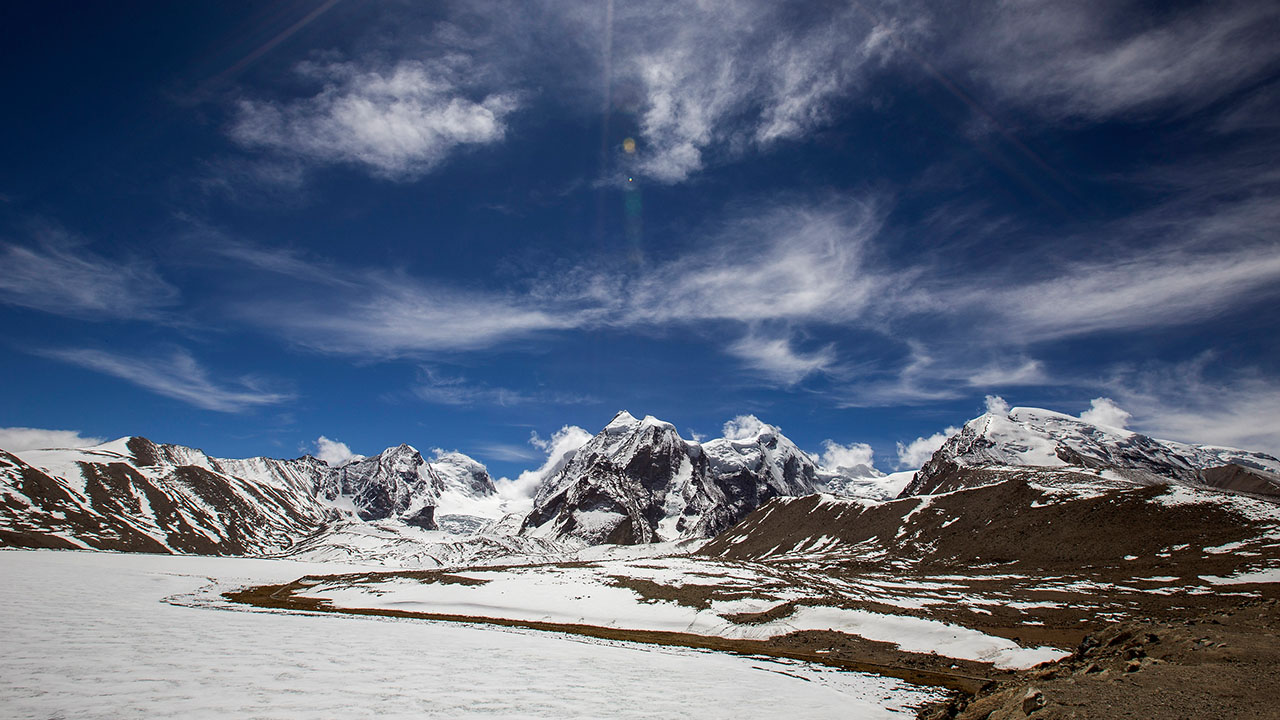This site uses cookies, as explained in our terms of use. If you consent, please close this message and continue to use this site.
‘Connecting people to nature’

We join hands with world communities to celebrate World Environment Day (WED) on 5 June to celebrate the 2017 theme, “Connecting people to nature.” This theme asks us to re-evaluate our relationship to nature and appreciate the value of our common Earth so we can protect it for all species and future generations. WED is also about reaffirming our commitments and strengthening our actions to conserve nature at the local and global levels.
It is appropriate that on World Environment Day, the Ministry of Population and Environment (MoPE) in Nepal launched three reports prepared as part of the National Adaptation Plan (NAP) formulation process in Nepal. ICIMOD provided technical expertise and support to the NAP consultation process, as well as capacity building and regional exposure.
Our transboundary landscape programme starts from the premise that people on all sides of a border face similar issues, such as climate change, biodiversity conservation, a balanced approach to ecosystem management and development, and issues related to water quantity and quality. Therefore, preserving the harmony of these human-nature relationships is vitally important to mountain and downstream communities alike. At ICIMOD, we embrace this opportunity to foster collaborations between communities, and between countries.
On transboundary issues, ICIMOD works in four identified areas (Kangchenjunga, Kailash, Hindu Kush Karakoram-Pamir, and the Far-eastern Himalaya) across the HKH to understand and explain how environmental challenges, traditional knowledge, and improved resilience practices are not contained by national borders. In this way, we seek to promote collaboration at the trans-national-or landscape-level to bolster our collective efforts and maximize our impact.
ICIMOD and partners take a holistic approach to community development that builds resilience and focuses on connecting people with nature, encouraging conservation practices, and educating youth to ensure future generations of sustainable resource use.
Mountain life in the HKH offers other sterling examples of this conservation-minded approach to development. As resources in the mountains tend to be scarce, the ideas of sustainable use and preservation, are already deeply ingrained in the mountain lifestyle, and the traditional practices and customary institutions of the HKH reflect this relationship. For example, ICIMOD’s has worked in the Kailash region in recent years to develop value chains for locally-sourced and locally-produced products—such as allo fiber—to bring additional income to the region, but in such a manner that allows for sustainable production of allo in years to come.
At ICIMOD, we devote significant time and effort to studying and understanding these mountain relationships and environmental traditions throughout the HKH. With our eight regional member countries, we collaborate with governments and non-profit groups to illuminate the demands and complexities of the nature-people interface, and attempt to define how changing socio-economic contexts threaten (or possibly benefit) this relationship.
So on this World Environment Day, we re-state and re-emphasize the need for conserving nature, and bringing ourselves closer to nature for the purpose of engendering that relationship with healthy, long-term prospects. And we renew our pledge to pursue this goal throughout our region, where sustainability, conservation, and local knowledge are the cornerstones of a healthy and prosperous future for mountain communities in the HKH and around the world.
Wishing you all a happy World Environment Day.
Stay up to date on what’s happening around the HKH with our most recent publications and find out how you can help by subscribing to our mailing list.
Sign Up